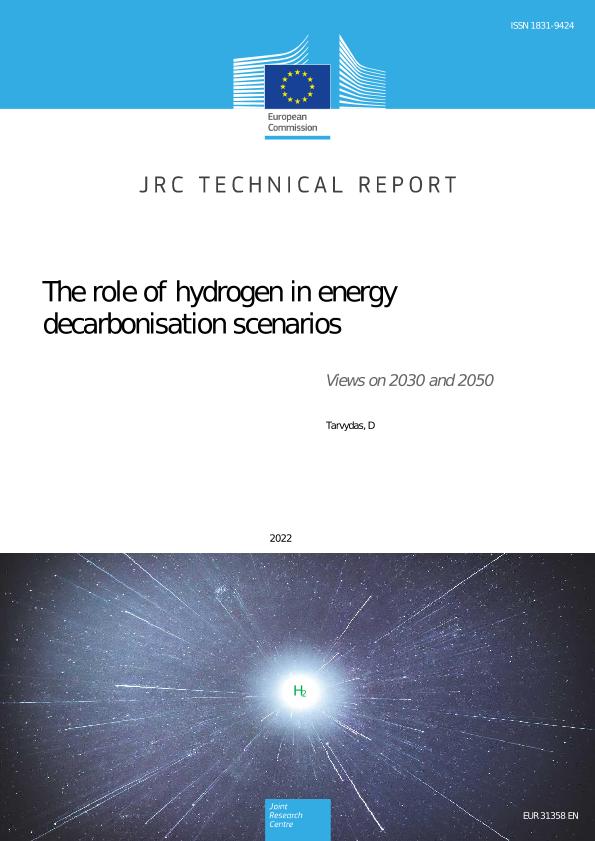Views on 2030 and 2050
Driven by the urgent need to decarbonise the economy, international organisations, governments, researchers and other actors are looking for the best ways to reach carbon neutrality. Hydrogen has only started to re-emerge in the last few years as a pivotal technology for the energy transition. While scenario studies do not always agree on how, or in which sectors, hydrogen will play the biggest role, it is evident that its adoption will transform the EU and global energy systems. To accommodate this transition, global hydrogen consumption should increase by to 15 times by 2050 (compared to 2020). In the EU, hydrogen demand could reach to 68 Mt by 2050 (9 times 2020 levels). Assuming that all global hydrogen is green, this means that by 2050, from 8 900 GW to 26 000 GW of electrolyser capacity will be required (compared to the current global capacity of less than 1 GW). A similar global amount, largely of wind and solar generation, needs to be added to the power system just to facilitate this hydrogen production. By 2050, hydrogen production capacity (through electrolysers) could reach to 1 300 GW in the EU, again with a corresponding increase of solar and/or wind capacity. Globally, this means that intermittent power generation needs to grow to 10-30 times its 2020 size by 2050 just to meet hydrogen demand. Expanding dispatchable low-carbon power generation capacities (like nuclear) could considerably reduce the need for electrolysers and intermittent power generation.
Tarvydas, D., The role of hydrogen in energy decarbonisation scenarios, EUR 31358 EN, Publications Office of the European Union, Luxembourg, 2022, ISBN 978-92-76-60584-3, doi:10.2760/899528, JRC131299.
2022-12-21
Publications Office of the European Union
JRC131299
978-92-76-60584-3 (online)
1831-9424 (online)
EUR 31358 EN , OP KJ-NA-31-358-EN-N (online)


